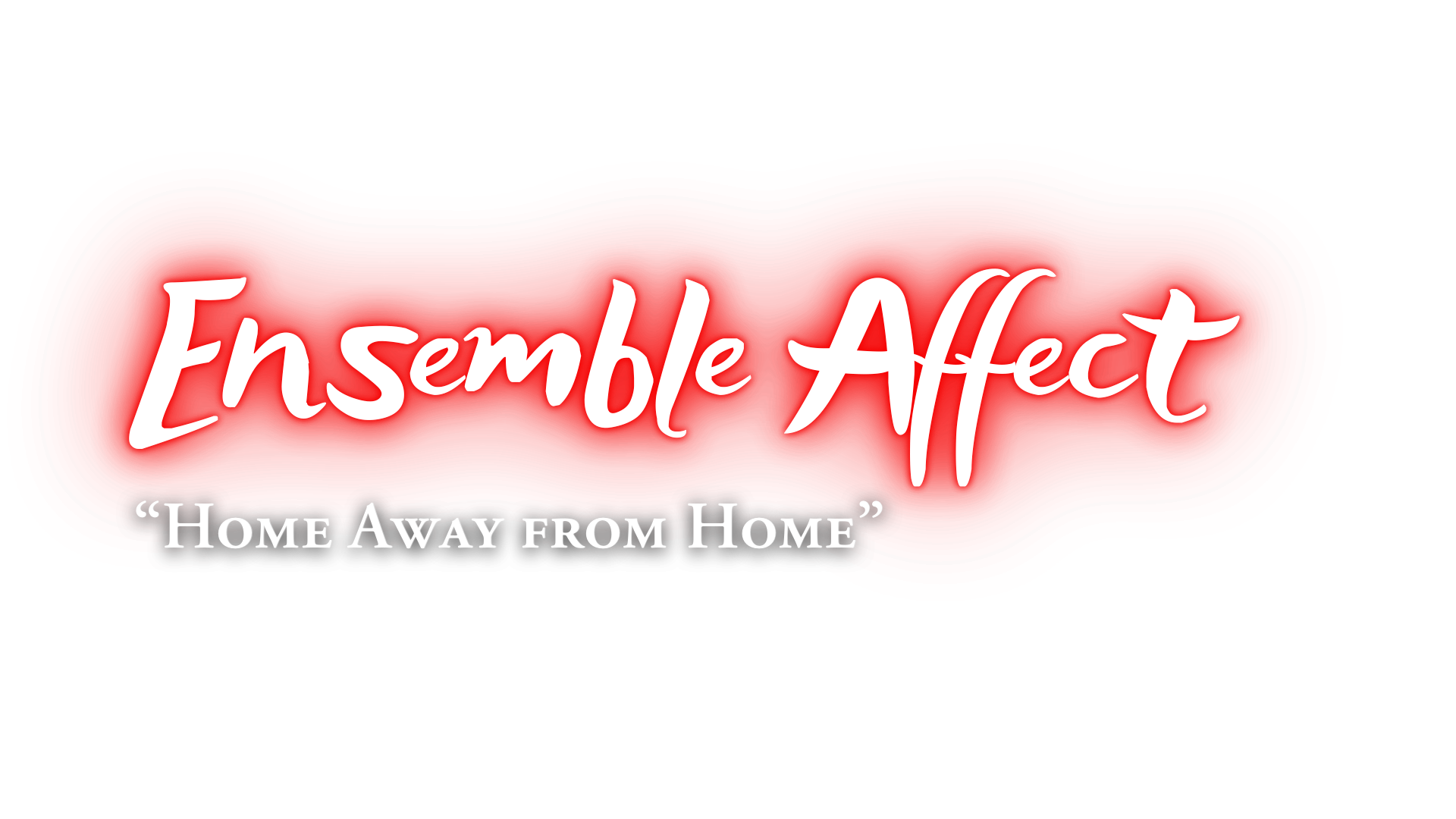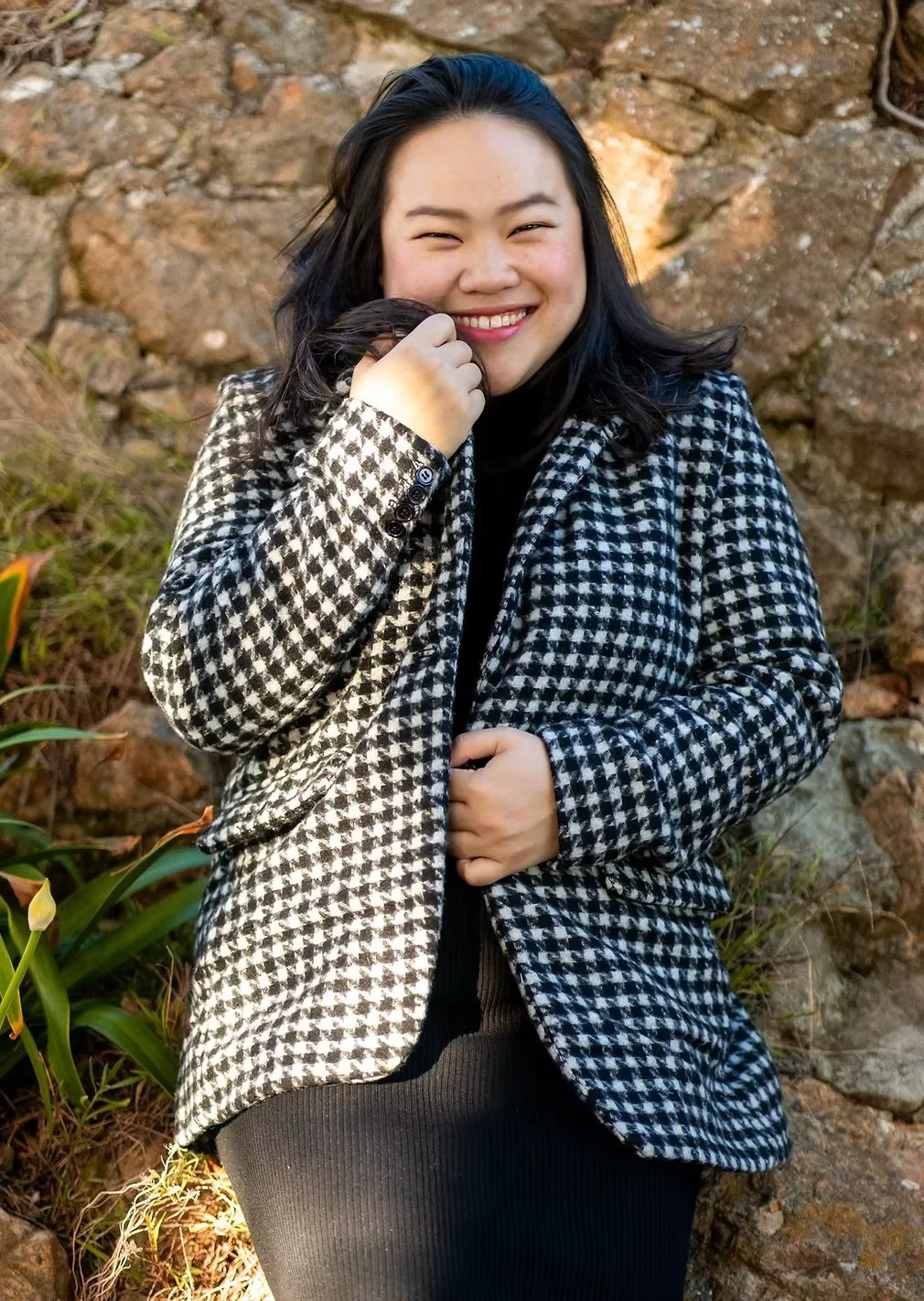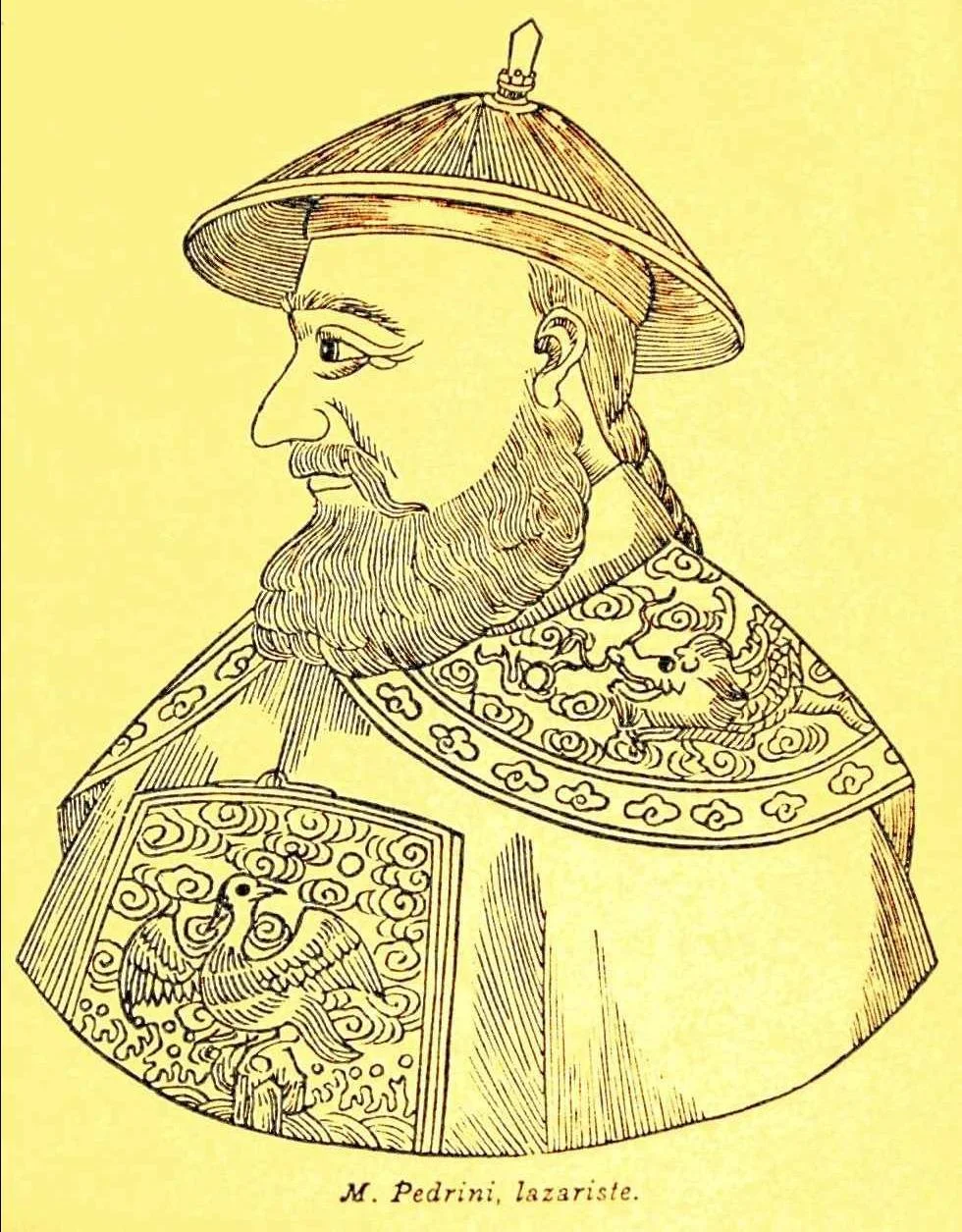
Virtual Program
Roster Update:
Hailed by Spot Pocket Opera Theatre as “one of Singapore’s most promising young sopranos”, Phoebe Chee continues to push vocal boundaries as she explores and masters early music through contemporary works.
Some of her operatic highlights include Pamina (The Magic Flute) with Livermore Valley Opera; Lauretta (Gianni Schicchi) at Chautauqua Amphitheater; and Galatea (Acis and Galatea) at the San Francisco Conservatory of Music, Lisa (La Sonnambula) with The Opera People in Singapore. Concert appearances include Handel’s Messiah, Mozart’s Requiem and Fauré’s Requiem.
Phoebe is currently at the San Francisco Conservatory of Music doing her Masters in Music with César Ulloa. She maintains an active presence on social media where you can join her on her journey as a modern day opera singer. Join her on Instagram at @phoebsoprano .

Instruments of the Evening:
A Closer Look
Natural trumpet
Trumpet-like instruments have been around for millennia. Starting in the late Renaissance in Europe, trumpets began to be used more as musical instruments, with specialist players developing the high “clarino” register that would be described as imitating the human voice.
Historical trumpets from the 16th to 18th centuries lacked the valves and slides that modern instruments have. These valves and slides allow for increased adjustment of intonation to correct for “out-of-tune” notes that are within the mathematically-based harmonic series, but do not align with the placement of notes within our general conception of the Western twelve-note chromatic scale.
To account for this phenomenon, modern players of historical trumpets have either resorted to using only their lips to adjust for intonation (as their forebears did), or have added “vent holes” to the sides of the trumpet as an additional compromise towards intonational flexibility.
“Baroque” Bow
The historical bows (or replicas thereof) used on tonight’s program are generally convex, or curved outwards, as opposed to the modern concave bow, which is curved inwards.
In addition, historical bows tend to be lighter, shorter, and are less heavily haired. Violin-family instruments were originally often used for dance music, and the nature of the historical convex bow allows for stronger strokes near where the hand grips the bow (the frog) and lighter strokes near the tip, imitating strong and weak beats embodied in the dance and music.
As musical tastes and demands changed, there was increased demands for bows that could more easily produce longer, cantabile or singing lines. The bows of the late 18th century, especially those produced by François Tourte, were meant to accommodate those demands. Tourte bows, with their concave shape and increased tension, allowed for more equalized sound production across the length of the bow. The “hatchet” tip of these bows (see image) helped to facilitate this increased tension, compared to the “swan bill” tip of earlier bows.
French “Dumont” Harpsichord by John Phillips
Today’s performance features a replica of a 1707 instrument by Nicholas Dumont—the earliest five-octave Parisian double manual (or two keyboard) harpsichord extant.
The original instrument was commissioned for a château in southeastern France. During the French revolution, the instrument was hidden away in the château’s granary and forgotten until its rediscovery in the early 1970s.
In 2011–12, Berkeley-based harpsichord builder (and our former board president) John Phillips was asked to restore the original instrument to its full glory.
Tonight’s replica, also made by John, was built in 1995. After being sold by its first owner, it came into the possession of Ruth Ungar, a beloved presence and usher at many SFEMS concerts. After Ruth’s death, the instrument was fully restored and now belongs to SFEMS Executive Director, Derek Tam, who has loaned it out for this weekend’s performances.
The Chinese “Baroque”
One of tonight’s composers, Teodorico Pedrini, spent 36 years at the Chinese court as a Vincentian missionary. There was significant dialogue—or at least attempts at comprehension—between the Chinese and the Europeans about each others’ respective musical cultures.
In 2023, SFEMS executive director Derek Tam and violinist Addi Liu talked with the Handel & Haydn Society about their longstanding interest and research into these interactions during the 17th and 18th centuries. You can read the interview by clicking here.

Ensemble Constantinople • MAY 9–11
Traversées
Traversées is a musical odyssey from Asia to the New World, featuring Kiya Tabassian and Ablaye Cissoko, with percussionist Patrick Graham. Join SFEMS for this not-to-missed experience!
Nash Baroque Ensemble & Dance Through Time
Emperor of the Moon • June 6–8
Experience a vibrant 18th-century English stage pastiche! This is a unique blend of music, dance, and puppetry, exploring love amidst reason and madness.
Secret Byrd • July 17–18
Gesualdo Six & Wildcat Viols
Join us for an uniquely immersive concert at Grace Cathedral, featuring a candlelit tribute to Byrd’s faith and fortitude in the midst of persecution.
PAY-WHAT-YOU-CAN tickets available May 1!














